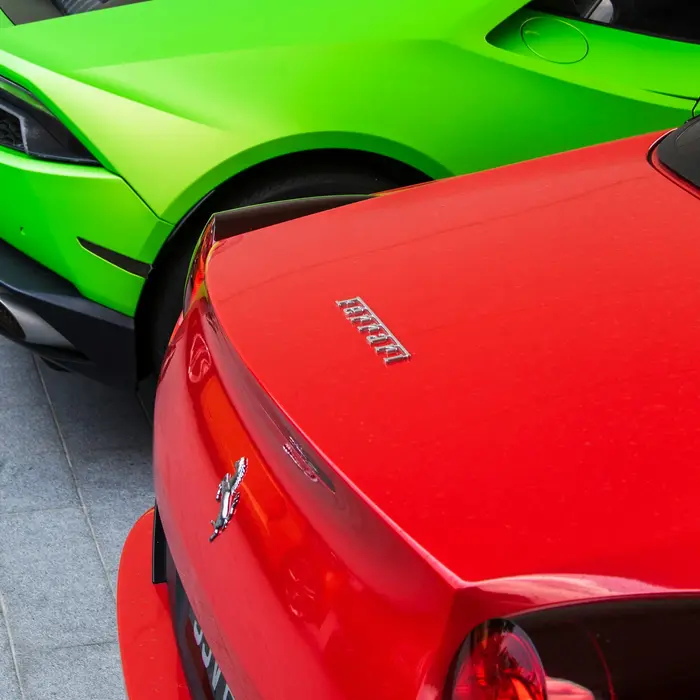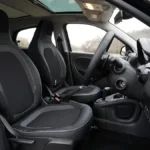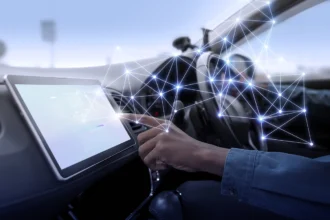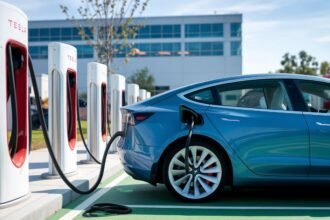In an age where technology constantly reshapes our daily lives, the automotive industry is no exception. One of the most promising advancements in vehicle technology is Car-to-Car Communication, a revolutionary system designed to enhance road safety by enabling vehicles to communicate with each other. This technology holds the potential to significantly reduce accidents and improve overall driving experiences. In this article, we’ll delve into how car-to-car communication works, its benefits for vehicle safety, and what the future holds for this innovative technology.
Understanding Car-to-Car Communication
Car-to-Car Communication, also known as vehicle-to-vehicle (V2V) communication, refers to the technology that allows vehicles to exchange information with one another. This system operates through dedicated short-range communication (DSRC) or cellular networks, enabling vehicles to send and receive data about their speed, direction, location, and more. By sharing this critical information, cars can make more informed decisions, ultimately enhancing safety on the roads.
How Car-to-Car Communication Works

- Data Exchange: Vehicles equipped with V2V technology can share information such as speed, braking status, and geographic location with nearby vehicles. This data is transmitted wirelessly, creating a network of communication that enables cars to “talk” to one another.
- Collision Avoidance: When a vehicle detects a potential collision scenario, it can alert other nearby vehicles. For example, if a car suddenly brakes, it can send a signal to surrounding cars, prompting them to slow down and avoid a potential crash.
- Traffic Management: V2V communication can improve traffic flow by providing real-time data to vehicles about congestion, accidents, and road conditions. This information can help drivers make better route decisions, reducing the likelihood of traffic jams and accidents.
- Emergency Vehicle Alerts: When an emergency vehicle is approaching, cars equipped with V2V technology can receive alerts, allowing drivers to make way for first responders.
Benefits of Car-to-Car Communication
- Accident Reduction: One of the most significant advantages of V2V communication is its potential to reduce accidents. By sharing critical data, vehicles can react to potential dangers faster than a human driver could, decreasing the likelihood of collisions.
- Increased Awareness: With constant communication, vehicles can maintain an awareness of their surroundings, including blind spots and potential hazards that might not be visible to drivers. This added layer of awareness enhances overall safety.
- Enhanced Traffic Efficiency: By improving the flow of traffic through better communication, V2V technology can help alleviate congestion and reduce travel times. This not only makes for a smoother driving experience but also has positive implications for fuel efficiency and emissions reduction.
- Support for Autonomous Vehicles: As the automotive industry moves toward greater automation, V2V communication plays a crucial role in the development of autonomous vehicles. By allowing these vehicles to communicate with each other, the technology ensures safer interactions on the road.
The Role of Vehicle Safety Tech in the USA
In the United States, vehicle safety tech is evolving rapidly, with various manufacturers investing heavily in V2V communication systems. The National Highway Traffic Safety Administration (NHTSA) has also recognized the importance of this technology, promoting research and development to support its implementation across the country.
Current Challenges and Future Prospects
While the potential benefits of car-to-car communication are substantial, several challenges remain.
- Standardization: For V2V technology to be widely adopted, standardization among manufacturers is crucial. This ensures compatibility and interoperability between different vehicles and communication systems.
- Privacy and Security: With vehicles sharing data, concerns about privacy and cybersecurity arise. Protecting this information from potential breaches is essential to gain public trust in the technology.
- Infrastructure Development: Effective V2V communication may require upgrades to existing infrastructure, such as traffic signals and road sensors, to maximize the benefits of the technology.
Despite these challenges, the future of car-to-car communication looks promising. Ongoing advancements in technology, coupled with increasing support from government agencies and automotive manufacturers, are paving the way for a safer driving environment.
FAQ
Q1: What is car-to-car communication?
A: Car-to-car communication, or vehicle-to-vehicle (V2V) communication, is a technology that allows vehicles to exchange information about their speed, direction, and location to enhance road safety.
Q2: How does V2V communication improve safety?
A: V2V communication improves safety by enabling vehicles to share critical data, allowing for quicker responses to potential collisions, increased awareness of surroundings, and better traffic management.
Q3: What technologies are used for car-to-car communication?
A: V2V communication primarily uses dedicated short-range communication (DSRC) or cellular networks to transmit data between vehicles.
Q4: Are there any privacy concerns associated with V2V technology?
A: Yes, privacy and cybersecurity concerns exist, as the sharing of vehicle data may expose personal information. It is crucial to implement robust security measures to protect this data.
Q5: What is the future of car-to-car communication?
A: The future of car-to-car communication is promising, with ongoing advancements in technology and increasing support for its implementation, aiming for a safer and more efficient driving environment.
Conclusion
Car-to-car communication represents a significant leap forward in vehicle safety technology. By enabling vehicles to share real-time information, this system enhances situational awareness, reduces accidents, and contributes to more efficient traffic management. As the automotive industry continues to innovate and address the challenges of implementing this technology, the promise of safer roads is becoming increasingly attainable.
With the support of manufacturers and regulatory bodies, car-to-car communication could very well be the cornerstone of future vehicle safety tech in the USA.








